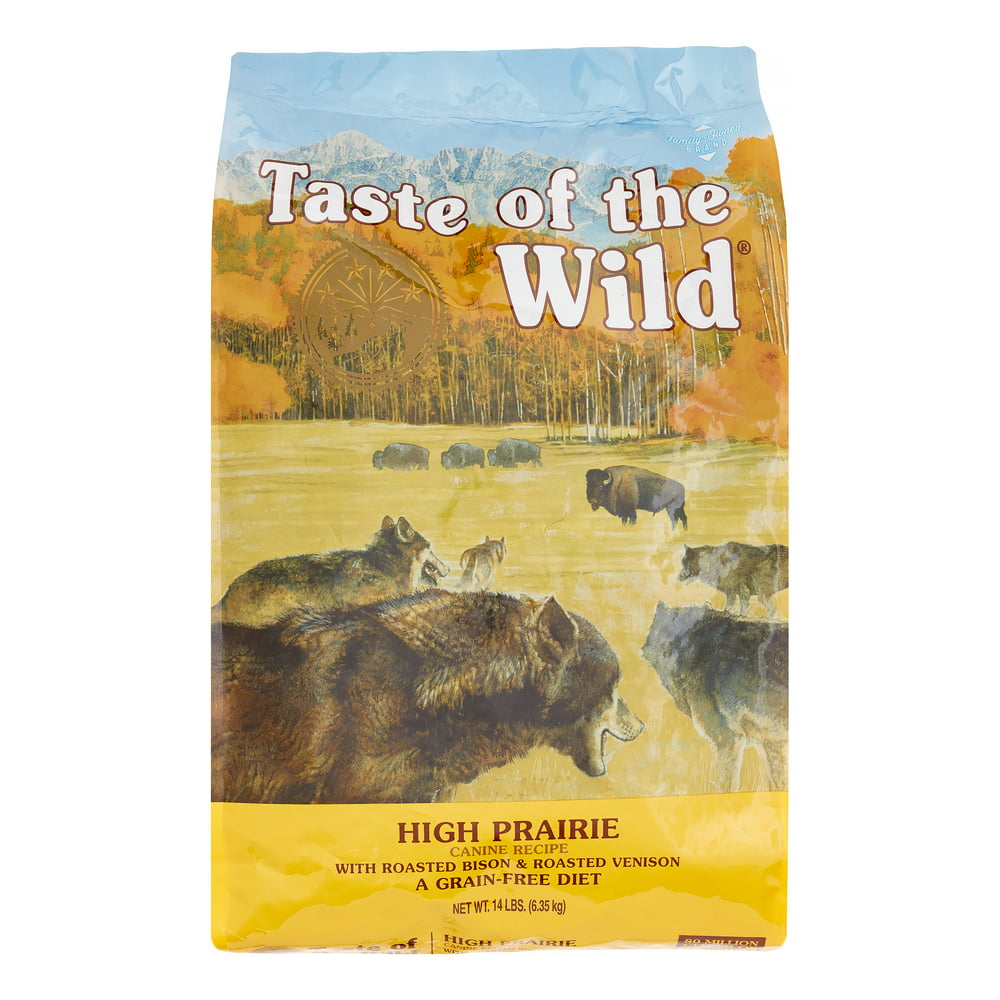Introduction

Image: www.pinterest.com
In the realm of canine nutrition, Taste of the Wild stands as a beacon of excellence, crafted with wholesome, natural ingredients inspired by ancestral diets. However, determining the appropriate feeding portions for your furry friend can be a pivotal factor in their well-being. This comprehensive guide will delve into the intricacies of Taste of the Wild’s feeding recommendations, empowering you with the knowledge to nourish your dog with precision.
Understand Your Dog’s Nutritional Needs
Every dog is unique, with varying nutritional requirements based on age, weight, activity level, and breed. Puppies, for instance, have higher metabolisms and require more frequent feedings of smaller portions. Senior dogs, on the other hand, may have reduced energy levels and prefer larger, less frequent meals. Understanding these individual needs is crucial for tailoring a customized feeding plan.
Taste of the Wild’s Feeding Guidelines
Taste of the Wild meticulously outlines feeding recommendations based on your dog’s weight. These guidelines provide a starting point, but it’s essential to observe your dog’s body condition and adjust portions as needed.
For puppies, start with the following daily feeding amounts:
- Puppies up to 5 pounds: 1/4 to 1/2 cup
- Puppies 6 to 15 pounds: 1/2 to 1 cup
- Puppies 16 to 25 pounds: 1 to 1-1/2 cups
For adult dogs, the daily feeding portions are as follows:
- Dogs 5 to 8 pounds: 1/2 to 3/4 cup
- Dogs 9 to 15 pounds: 3/4 to 1-1/4 cups
- Dogs 16 to 25 pounds: 1-1/2 to 2 cups
- Dogs 26 to 40 pounds: 2 to 2-1/2 cups
- Dogs 41 to 55 pounds: 2-1/2 to 3 cups
- Dogs 56 to 70 pounds: 3 to 3-1/2 cups
- Dogs 71 to 90 pounds: 3-1/2 to 4 cups
- Dogs 91 to 110 pounds: 4 to 4-1/2 cups
Factors Influencing Feeding Amounts
While the feeding guidelines provide a solid foundation, several factors may warrant adjustments to the portions:
- Activity level: More active dogs expend more calories, requiring larger or more frequent feedings.
- Environment: Harsh weather can impact calorie needs, especially for outdoor dogs.
- Health conditions: Certain medical conditions may alter dietary requirements. Consult with your veterinarian for guidance.
Dietary Management and Monitoring
To ensure optimal health, regular monitoring of your dog’s body weight and condition is imperative. Body fat percentage can range from 4% to 30%, with variations between breeds and individuals. Maintain a healthy range of 10% to 25%, using the “ribs as landmarks” method: you should be able to feel the ribs easily, but not see them protruding.
Expert Insight
Dr. Kylie Johnson, a renowned veterinarian, emphasizes, “Overfeeding is a common issue among dog owners. It can lead to obesity and its associated health risks. Stick to the feeding guidelines, adjust portions as needed, and monitor your dog’s weight regularly.”
Conclusion
Mastering the art of feeding your dog Taste of the Wild requires a delicate balance of knowledge and observation. By understanding your dog’s unique nutritional needs, adhering to the feeding guidelines, and closely monitoring their body condition, you can embark on a journey of thriving canine well-being. Remember, the love you pour into their food bowl is a testament to the unbreakable bond you share.

Image: furryfolly.com
Taste Of The Wild How Much To Feed